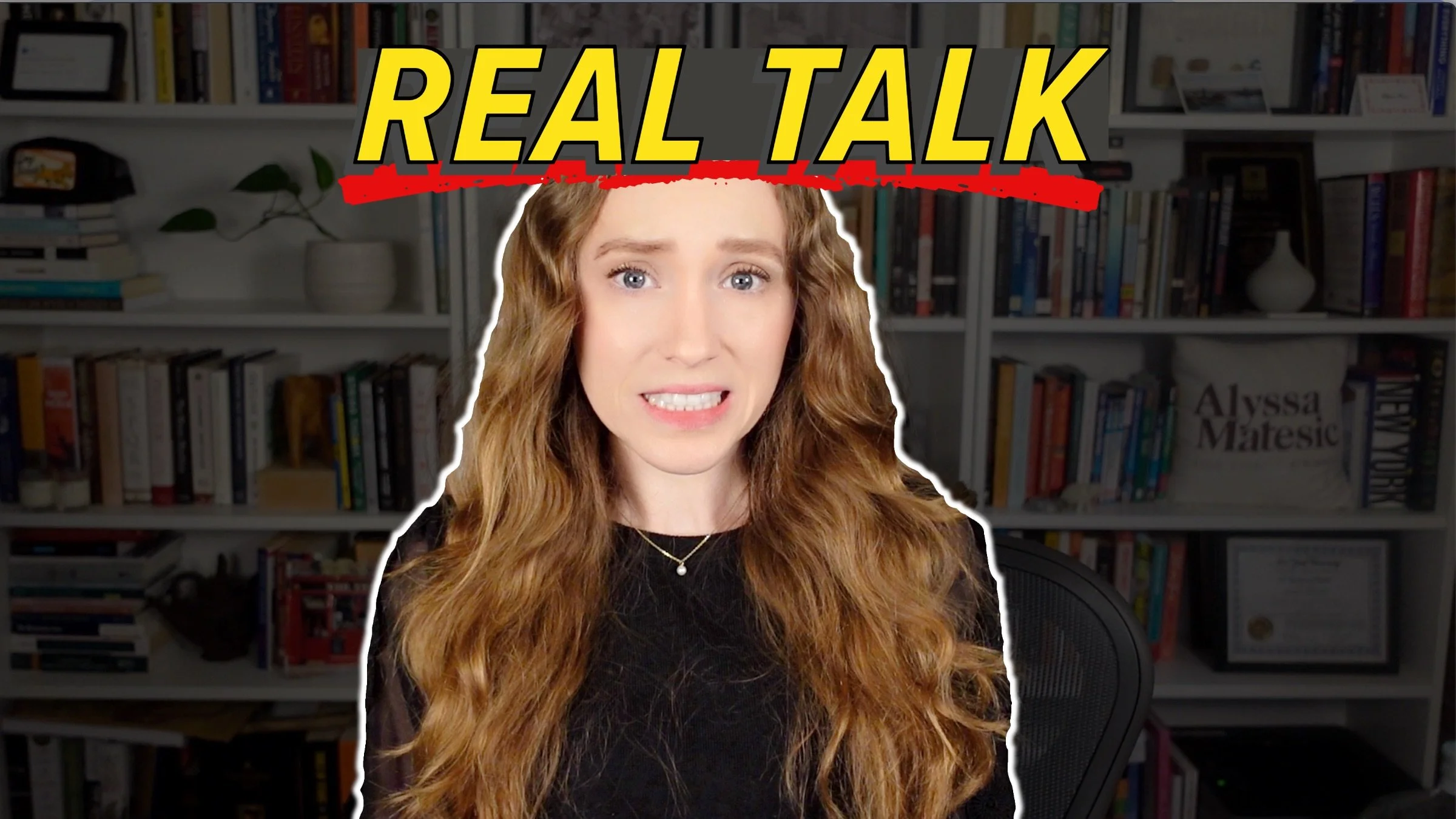Who Are the Big 5 Publishing Houses and Why Are They Merging?
HIT PLAY OR READ THE POST BELOW:
If you've been keeping tabs on news in the traditional publishing industry, you may have seen a lot of talk about mergers. There have been talks of Penguin Random House looking to buy Simon & Schuster, which are two of the Big Five publishing houses in the US. Also, Harper Collins has bought Houghton Mifflin's trade books division.
These types of mergers have become increasingly commonplace in the publishing industry in recent years, so I want to walk through how publishing houses are structured, specifically who the Big Five publishing houses are, and give insight as to what's going on with these mergers and why people are concerned about them.
A little bit of my background: I worked at both Penguin Random House and Macmillan, so I understand how the editorial departments of these companies work as well as the broader picture of how the traditional publishing industry operates.
What Are Trade Publishing Houses?
First, let's go over what the Big Five trade publishers are. Trade publishing differs from academic publishing, as academic publishing works with anything that has an educational lens. They focus on publishing textbooks, nonfiction books, and research journals. On the other hand, trade books are anything you would read for pleasure. All fiction novels end up in the trade category, as well as things like memoirs, narrative nonfiction, and true crime.
The Big Five publishers in the US are the five companies that are responsible for the vast majority of trade book publishing. People usually refer to these companies when talking about the traditional publishing path. When you walk into a store like Barnes & Noble or search through Amazon, the best-selling books or largely advertised books are often published by one of these Big Five houses.
It's important to note not all bestsellers are published solely through the Big Five. There are many great indie publishers out there, as well as prolific self-published books on Amazon. However, they fall outside the scope of today’s conversation.
Who Are the Big Five Houses?
To go deeper into the Big Five houses, I will talk about each publishing house in order of size. It’s also worth noting that all of them are based in New York City.
First is Penguin Random House (PRH). PRH is the biggest trade publisher in the US and it contains over 200 different imprints. Secondly is Hachette, which has about 150 imprints, and after that is HarperCollins, which has about 120 different imprints. Macmillan has about 50 different imprints and finally Simon & Schuster has about 35 different individual imprints.
These five houses dominate the book market and when you get a literary agent to represent you, they are most likely going to first try to publish your book through one of these houses. They have the widest distribution network and the most money they can offer to authors.
What Are Imprints?
I mention the word imprints often, and you might not know what that means, so let me describe the publishing house structure more in depth.
First, there is the overarching company. Let’s take Penguin Random House as an example. Penguin Random House is then divided between two divisions, Penguin Books and Random House Books. Random House as a division is further divided into several different imprints, one of which is Ballantine Books. That is where I worked.
The imprint is the name you see on the copyright page when you open up the book, as well as the icon on the spine of the book. Many of these imprints originated way back, as they were originally individual small presses. But, over time they started merging with other publishing presses, becoming bigger and bigger groups of publishers until, now, they became a part of huge parent companies like Penguin Random House.
So there is actually a lot of interesting history that goes into each individual imprint and each individual imprint has its own flavor and style. Not all imprints publish all the different types of trade books, as they have their own specialty. For instance, there are children's imprints within every single publishing house, there are YA imprints, romance imprints, and there are even imprints that have a couple of different specialties.
Every single imprint has its own distinct style of the type of books that it publishes as well, with each editor who works at that imprint having their own type of book they are looking for. So, when you work with a literary agent, they are going to determine which imprint is going to be the best fit for your book. Ideally, that imprint will have published similar books in the past.
Your agent will also consider which specific editor at each imprint is going to be the best fit for your project. When a literary agent is approaching a Big Five publisher, they can only submit the book to one editor per imprint. The reason the maximum isn’t one editor per publishing house is because that would mean they can only submit to five editors total. So, literary agents submit to one editor per imprint. That rule exists because no one wants two editors who work for the same company to be bidding against each other.
Notable Publishing Industry Mergers
Now, let's go over some notable mergers in the publishing industry in recent years. There is a long history of consolidation in the publishing industry, going back hundreds of years to when the small independent presses started becoming part of bigger publishing houses.
The same thing still goes on today. The biggest publishing merger of recent years was in 2013, when the creation of Penguin Random House occurred by merging Penguin Books and Random House Books. They were two of the biggest publishers at the time, so the merger led to them becoming a mega publisher. There was still the thought that each individual imprint would retain its own editorial style and its own editorial sensibility. However, there is some discourse on if that actually happened in practice.
The second most notable merger of recent years was in 2014, when HarperCollins bought the romance publisher Harlequin. With that purchase, Harlequin became an imprint of the overarching HarperCollins publishing group. Again, there were concerns that HarperCollins’ influence would affect the way Harlequin worked.
Why Are People Concerned About Publishing Mergers?
On this same note, many people, industry professionals and authors alike, are concerned about the acquisition of Simon & Schuster by Penguin Random House. This merger would make the Big Five houses turn into the Big Four houses. One big reason people are concerned with these mergers is that it could lead to the consolidation and decommissioning of some imprints, which will, of course, lead to layoffs within the publishing house. It also will lead to fewer places for authors to potentially publish their books. As mentioned above, a literary agent can submit a project to one editor per imprint, but if there are fewer imprints total, that means there are fewer editors who they can submit the books to.
This merger could potentially have the ripple effect of publishing houses releasing fewer books total, as well as potentially offering authors less money to publish their books. It could lead to fewer and smaller book deals, which is a major concern for people who want authors to continue to have great book deals and be able to still have the opportunity to get published.
The other big concern here is, as with any consolidation, there are ultimately fewer people at the top making big executive decisions that will affect the entire industry. There has always been concern about corporate control and who is deciding what is eligible to be published. People are concerned that, through the merger of two large publishing houses, these executive individuals will have further control on the types of books that get published.
The acquisition of Simon & Schuster by Penguin Random House is still being reviewed at this point and it hasn't gone through yet because people in the industry have raised these concerns. There is a review process to make sure the merger would be fair to the staff at the company, the authors they publish, and the literary community at large.
I hope that this article gave you more context around these mergers that are being discussed in the news and also helped you just understand the structure of the Big Five publishing houses in a bit more detail, as well as who are the big 5 publishing houses.
Thanks so much for reading and happy writing!






